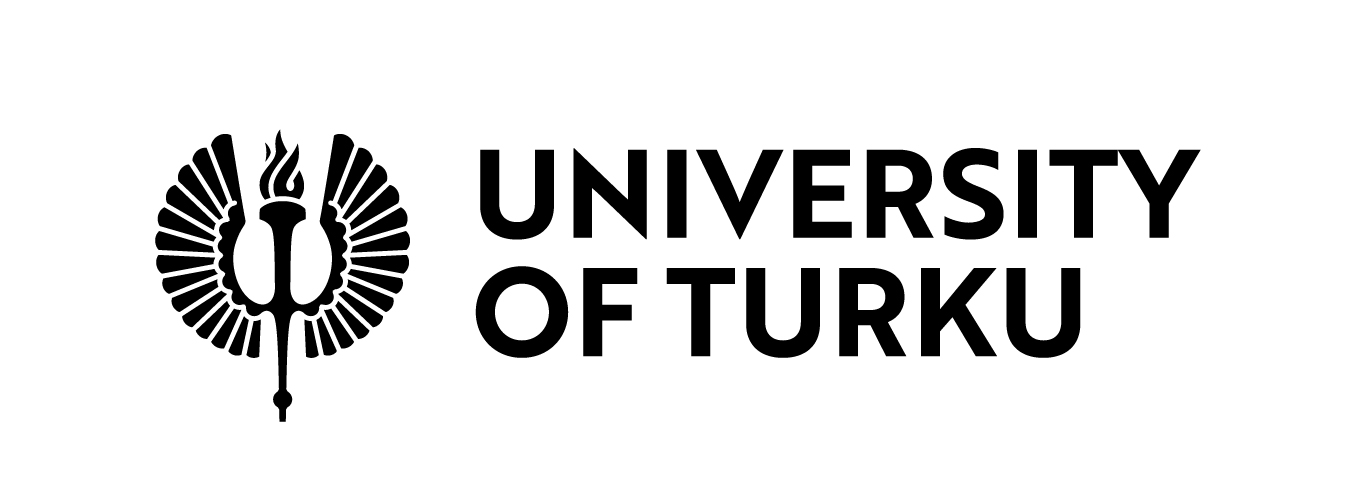Following fields are empty!
Paper Asia
Particulate Science and Technology
Particulate Science and Technology addresses all aspects of science and engineering related to particles and particle systems from millimeter to nanometer sizes. Topics include particle formation and production, particle and particle system characterization, fluidized beds, multiphase flows, storage, flow, conveying, handling, electrography, image processing, pattern recognition, mixing, segregation, separation, agglomeration, compaction, powder coating and electrosprays, microencapsulation, explosion and fire hazards, aerosols, pollution control, industrial hygiene, contamination control, lung deposition, agricultural and food powders, ceramics, chemicals, minerals, pharmaceuticals, and powdered metals.
Particuology
Particuology, an international bimonthly journal, is jointly sponsored by the Chinese Society of Particuology and the Institute of Process Engineering of the Chinese Academy of Sciences, and is published by Elsevier B. V. and Science Press.The word Particuology was coined to parallel the technical terminology for the science and technology of particles by combining the Latin prefix particula for particles and the Greek suffix logia denoting subject of study. Particuology is built upon all related branches of the physical sciences (especially physics and chemistry) and mathematics, and connects their fundamental laws to engineering particle systems, spanning a wide range of chemical, petrochemical and pharmaceutical industries, functional materials, and human activities dealing with energy and the environment.This Journal purports to present the best papers in research, engineering and application in the overall field of Particuology, ranging from the molecular level to the system level, including:Particle characterization and measurement;Particle preparation, synthesis and modification;Granular system and bulk solids technology;Fluidization and particle-fluid system;Aerosol;Applications of particle technology.The editors particularly welcome contributions on newly emerging topics that fall within the broad scope of Particuology.
Pattern Recognition
Pattern Recognition is the official journal of the Pattern Recognition Society. The Society was formed to fill a need for information exchange among research workers in the pattern recognition field. Up to now, we ''pattern-recognitionophiles'' have been tagging along in computer science, information theory, optical processing techniques, and other miscellaneous fields. Because this work in pattern recognition presently appears in widely spread articles and as isolated lectures in conferences in many diverse areas, the purpose of the journal Pattern Recognition is to give all of us an opportunity to get together in one place to publish our work. The journal will thereby expedite communication among research scientists interested in pattern recognition.We consider pattern recognition in the broad sense, and we assume that the journal will be read by people with a common interest in pattern recognition but from many diverse backgrounds. These include biometrics, target recognition, biological taxonomy, meteorology, space science, classification methods, character recognition, image processing, industrial applications, neural computing, and many others.The publication policy is to publish (1) new original articles that have been appropriately reviewed by competent scientific people, (2) reviews of developments in the field, and (3) pedagogical papers covering specific areas of interest in pattern recognition. Various special issues will be organized from time to time on current topics of interest to Pattern Recognition.Benefits to authorsWe also provide many author benefits, such as free PDFs, a liberal copyright policy, special discounts on Elsevier publications and much more. Please click here for more information on our author services.Please see our Guide for Authors for information on article submission. If you require any further information or help, please visit our support pages: http://support.elsevier.com
Peace Review: A Journal of Social Justice
Peace Review is a quarterly, multidisciplinary, transnational journal of research and analysis, focusing on the current issues and controversies that underlie the promotion of a more peaceful world. Social progress requires, among other things, sustained intellectual work, which should be pragmatic as well as analytical. The results of that work should be ingrained into everyday culture and political discourse. We define peace research very broadly to include peace, human rights, development, ecology, culture and related issues. The task of the journal is to present the results of this research and thinking in short, accessible and substantive essays. Each issue develops a particular theme, however, we run both on-theme and off-theme essays.Project Censored Award Winner 2000For the year 2000, Peace Review was awarded Project Censored's Top 25 Most Censored Stories for not merely one, but two of its essays. Both articles were rated in the Top 14 Stories, both of which appeared in the June 1999 issue:Ramsay Liem, "Famine in North Korea" and Yuh Ji-Yeon, "Dangerous Communists, Inscrutable Orientals, Starving Masses"Project Censored is a US media group, which for more than 20 years has been trying to highlight important national and international news stories that have either been ignored or intentionally marginalized in the mainstream media.For more information on Project Censored visit their website: www.projectcensored.org.Peer Review Policy:All review papers in this journal have undergone editorial screening and peer review.
Peace and Conflict Studies
Periodica Polytechnica Electrical Engineering and Computer Science
Periodica Polytechnica Transportation Engineering
Periodica Polytechnica, Social and Management Sciences
Periodica Polytechnica-civil Engineering
Petroleum Science and Technology
The journal covers the character, properties, science, and processing aspectsof heavy oil, tar sand bitumen, and residua. Articles also address the environmental aspects of petroleum recovery, refining, and use. Petroleum Science and Technology also publishes selected proceedings from a conference or a collection of papers dealing with a single relevant topic. The journal is of particular interest to the analytical chemist, petroleum chemist, and the chemical and process engineer. Petroleum Science and Technology is changing its print and online frequency. Institutional subscribers will now receive 12 free online and 6 print issues while personal subscribers will continue to receive 6 print issues containing all of the monthly online articles. Publication office: Taylor & Francis, Inc., 325 Chestnut Street, Suite 800, Philadelphia, PA 19106.
Petrophysics
Pharmaceutical Nanotechnology
Pharmaceutical Nanotechnology publishes original manuscripts, full-length/mini reviews, thematic issues, rapid technical notes and commentaries that provide insights into the synthesis, characterisation and pharmaceutical (or diagnostic) application of materials at the nanoscale. The nanoscale is defined as a size range of below 1 µm. Scientific findings related to micro and macro systems with functionality residing within features defined at the nanoscale are also within the scope of the journal. Manuscripts detailing the synthesis, exhaustive characterisation, biological evaluation, clinical testing and/or toxicological assessment of nanomaterials are of particular interest to the journal’s readership. Articles should be self contained, centred around a well founded hypothesis and should aim to showcase the pharmaceutical/diagnostic implications of the nanotechnology approach. Manuscripts should aim, wherever possible, to demonstrate the in vivo impact of any nanotechnological intervention. As reducing a material to the nanoscale is capable of fundamentally altering the material’s properties, the journal’s readership is particularly interested in new characterisation techniques and the advanced properties that originate from this size reduction. Both bottom up and top down approaches to the realisation of nanomaterials lie within the scope of the journal.
Philosophical Transactions of the Royal Society A: Mathematical, Physical and Engineering Sciences
Since the migration of converting content from print to electronic has evolved, MetaPress has established a reputation for disseminating scholarly information on the Web, and hosting highly ranked journals and e-books in many disciplines. It is the e-publishing platform for many scholarly publishers.MetaPress understands e-publishing needs and knows what subscribers and future customers need. Combining a tradition of excellence in service with a superior development team, it prides itself on going above and beyond to exceed publishers’ expectations.
The aim of the Photoacoustics journal (PACS) is to publish original research and review contributions within the fast growing field of photoacoustics (optoacoustics) and thermoacoustics, which exploits optically and electromagnetically excited acoustical and thermal phenomena for visualization and characterization of a variety of materials and biological tissues, including living organisms. While some of the spectroscopic and photothermal applications have reached a mature state, many other research directions experience an explosive growth, in particular biomedical photoacoustics, which is currently considered the fastest growing bio-imaging modality. The wealth of investigated topics clearly indicates that this field has developed a broad range of tools for fundamental and applied research. The enormous recent progress is greatly supported by the advances in laser technologies, ultrasound detection approaches, development of inverse theory and fast reconstruction algorithms. This progress is also driven by a large number of unmet biological and medical needs that can be addressed by the unique contrast mechanisms available to photoacoustic (optoacoustic) methods. These include pre-clinical research and clinical imaging of vasculature, tissue and disease physiology, drug efficacy and treatment monitoring, optical anatomy and molecular imaging employing fluorochromes, chromophores and nanoparticles. Correspondingly applications span the entire range of biological and medical imaging including cancer, cardiovascular diseases, neuroimaging, ophthalmology or imaging in immunology, diabetes and obesity, cell trafficking application and a multitude of other biological functions. The multi-disciplinarily nature of photoacoustics and thermoacoustics is also evinced by the growing contribution from chemistry and nanotechnology where a multitude of novel contrast materials and agents have been constantly developed, from nanoparticles and organic dyes, to targeted agents and genetically expressed markers.
Photonic Network Communications
This journal publishes papers involving optical communication networks. Coverage includes network and system technologies; network and system architectures; network access and control; network design, planning, and operation; interworking; and application design for an optical infrastructureThis journal publishes high-quality, peer-reviewed papers presenting research results, major achievements, and trends involving all aspects of optical network communications. Among the topics explored are transport, access, and customer premises networks; local, regional, and global networks; transoceanic and undersea networks; optical transparent networks; WDM, HWDM, and OTDM networks and more.

